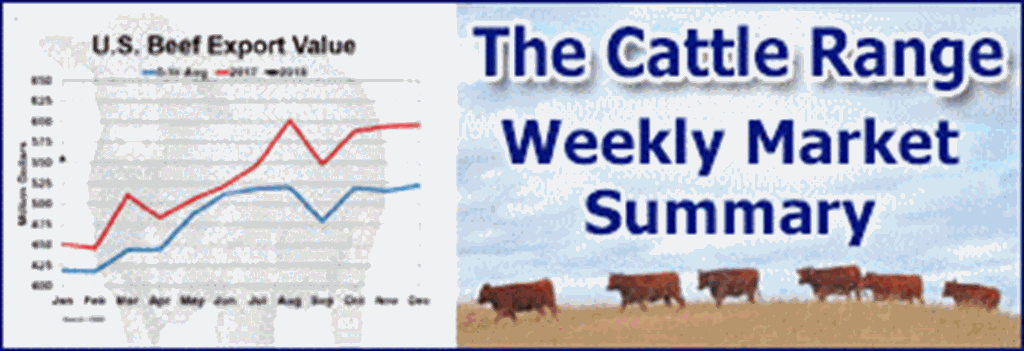MarketBeat
Key Points
- Tyson Foods is trading at 60% of its 52-week high amid a 72% decline in year-on-year Earnings per Share.
- Over the past 3 years, the Tyson has leaned on beef products to earn most of its revenue.
- This exposure to beef, namely live cattle prices, and shortage of poultry supply effectively deteriorated margins.
Live Cattle prices are up, and EPS down
Earnings per share in Tyson Foods Inc. (NYSE: $TSN) have declined from $3.07 per diluted during the first quarter of 2022 to an astonishing $0.88 in the first quarter of 2023 (that's a 72% decline!). To understand if this will be the new norm for the food giant, we need to understand what is brewing - or mooing - trouble.
Live Cattle Futures, historically trading within the $95-$130 range, have seen two major breakouts in the past 10 years. One of these breakouts to $171.65 in 2014 did not affect Tyson's profitability, given their revenue sources were more diversified then. This time around, with live cattle trading at $164, Tyson's volume of beef products has exposed the firm to increased protein costs.
Most people associate chicken when they hear Tyson Foods, those savvy ones understand that beef products have been growing to match - and overtake - chicken as of 2018 in terms of net sales for the firm.
Is this mad cow disease, or just buying beef at the wrong time?
Tackling the future is no easy task. However, markets seem to have priced in and taken to heart USDA's guidance. Such guidance indicates that beef and chicken production will remain relatively flat in 2023 compared to 2022, cited in Tyson Foods' latest quarterly report.
Within this quarterly report, management has also pointed to expected beef segment operating margins of 2-4%, compared to the previous indication of 5-7% margins. This bearish change in expectations, along with USDA's statement, leads markets to believe that the firm will see no light at the end of the tunnel until live cattle prices normalize in prices.
Cases for Valuation
Analysts seem to be conflicted as to whether rising live cattle prices will prevail or will restructuring cost savings will win this battle. A case in point is that analysts are ranging this stock from $56-$95. This wide range can be explained by the current state of the live cattle market, downward pressure on protein manufacturing stocks and rising interest rates.











